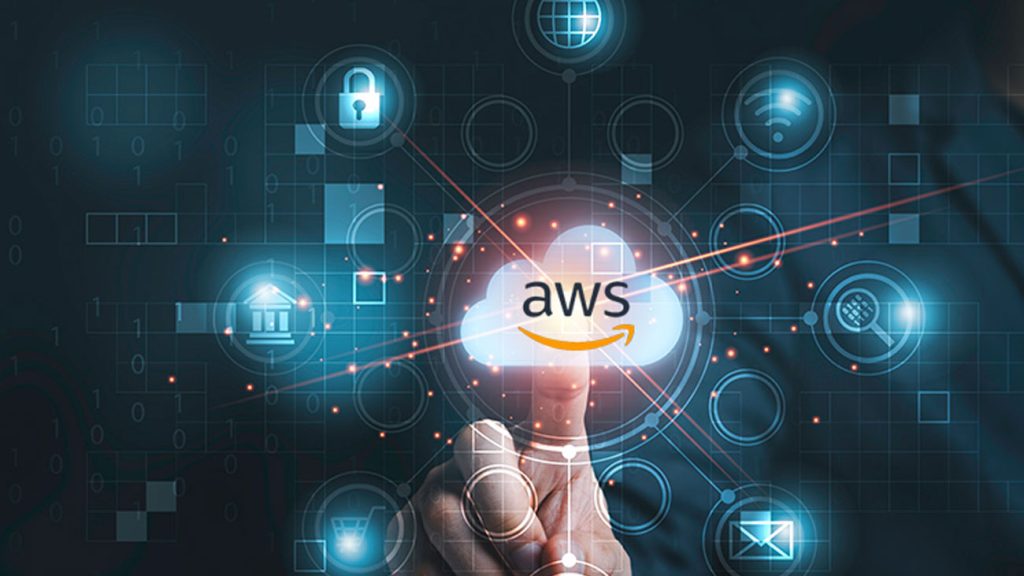In this short series, I outline the notes that I took while preparing for the AWS Cloud Practitioner exam.
These are my personal notes that I have made while working through the A Cloud Guru exam practitioner course. They are in no way official notes from AWS.
I would advise you that if you do use my notes to help you revise for this exam, that you use them as a supplement to the most recent information in the White Papers, Exam Guide and go over your knowledge with practice exam papers.
Previous notes within this blog series:
- Cloud Computing and the Topics To Cover
- AWS Global Infrastructure
- AWS Cost Management
- Identity Access Management (IAM)
- Simple Storage Service (S3)
- CloudFront
- Elastic Compute Cloud (EC2)
- Roles
- Load Balancers
- Databases
- Domain Name System
- Elastic Beanstalk
- CloudFormation
- Architecting for the Cloud Best Practices: Part 1
- Architecting for the Cloud Best Practices: Part 2
- Global and On Premises AWS Services
- CloudWatch 101
- Systems Manager
- How AWS Pricing Works Whitepaper
- EC2 Pricing
- AWS Budgets vs AWS Cost Explorer
- AWS Support Plans
- Tagging and Resource Groups
- AWS Organizations & Consolidated Billing
- AWS Calculators
- Compliance On AWS
- AWS Web Application Firewall (WAF) & AWS Shield
- AWS Inspector vs AWS Trusted Advisor vs CloudTrail
CloudWatch vs AWS Config
- Know the differences between and the different use cases for:
- Inspector
- AWS Trusted Advisor
- CloudWatch
- AWS Config
- You will have a scenario based question to answer around these
What is CloudWatch?
- CloudWatch monitors performance of your AWS resources and applications running on AWS.
- Used a lot with EC2
- Host level metrics reported back from your instances via CloudWatch consist of:
- CPU
- Network
- Disk
- Status Check
- Custom metrics can be also be reported on if you write a script to do this
What is AWS Config?
- Provides a detailed view of the configuration of AWS resources and how they relate to each other in your AWS account
- This includes how they were configured in the past so you can see how they configurations and relationships change over time

